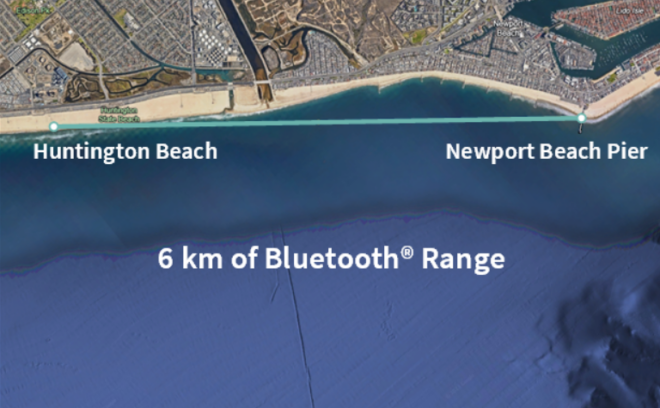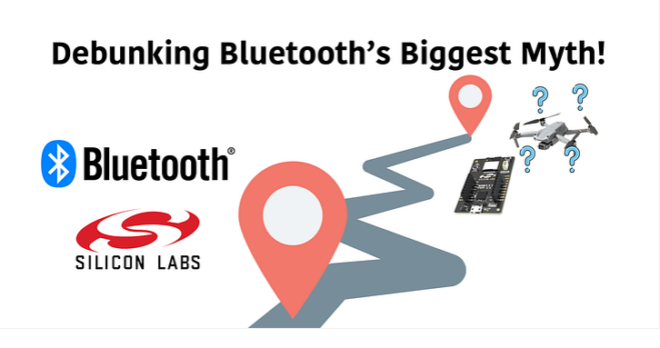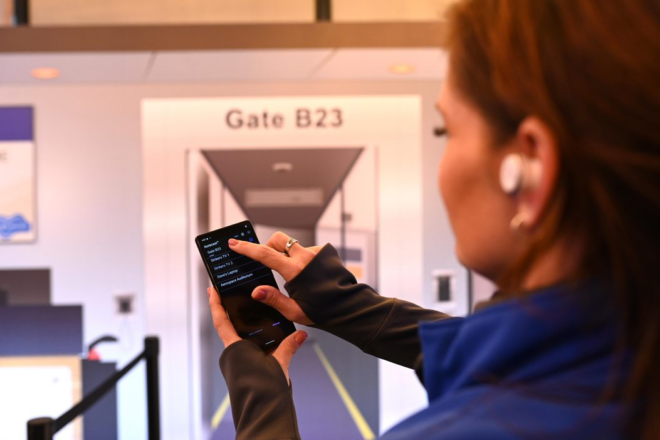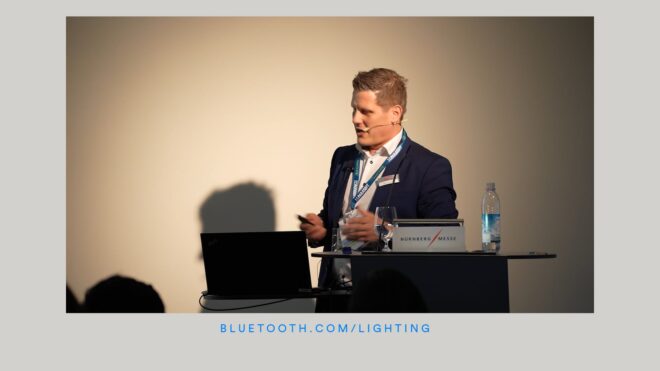Recently, the Bluetooth Special Interest Group (SIG) hosted its 62nd UnPlugFest (UPF) — a nonprofit interoperability testing event created to support Bluetooth® member device testing.
Three times a year, at different locations around the globe, engineers and innovators from all over the world participate in a week of Bluetooth device testing to confirm their unreleased products and prototypes work with devices from different companies. This testing helps ensure the quality of new Bluetooth devices before they come to market.
“For any one developing with Bluetooth, UPF testing is mandatory.”
A Platform for Compatibility
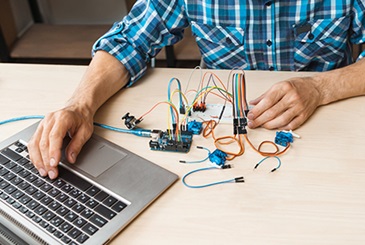
While many of the participants are quite familiar with these testing events, attending multiple UPFs each year, it was my first chance to see a UPF in action. Upon arrival, Rachel Andrews, Bluetooth SIG senior event coordinator, gave me a quick tour of the testing area while providing an overview of UPF’s purpose and objectives. Andrews, the lead organizer of these events, said, ““UPF events are the best opportunity to test with prototype devices that aren’t on the market yet and ensure interoperability. Members can test and see results in real time — debugging, fixing, and retesting issues as they arise.”
During my time at UPF 62, I had several opportunities to interact directly with the engineers and innovators in attendance. It was encouraging to hear that so many participants, seasoned and first timers alike, saw incredible value in participating at UPFs. One UPF participant, who was attending a UPF for the first time, went out of their way to stop by the registration desk to say, “we’ve only been here one day, and it’s already been very valuable. We found bugs we didn’t even know existed.”
And it’s not just the new comers that are impressed with the productivity that results from comprehensive product testing. I had lunch with a UPF veteran who said, “for any one developing with Bluetooth, UPF testing is mandatory.”
“Attending UPF is very valuable. We found bugs we didn’t even know existed.”
An Interoperable Community
Before attending the event, I felt I had a good understanding of what UPFs were about — interoperability testing and ensuring device compatibility. However, there’s an underlying and equally important aspect to these events. I was impressed by the sense of community exhibited at UPF 62. Every engineer attends UPF to test their products, find and fix bugs, and drive Bluetooth® device interoperability, but they’re also there to interact with and share information with experts across different companies and markets. This creates an inherently strong community committed to the advancement of Bluetooth technology.
During the welcome reception, I had an opportunity to chat with an engineer who said it best; “while we didn’t find any issues today with our testing, it is always great to help other developers with their devices.” This sense of community is equally as important as Bluetooth device interoperability; one wouldn’t exist without the other.
“While we didn’t find issues with our product, it’s always great to help others with their devices.”
Learn more about upcoming UPF events.
![]()
FEATURED DOWNLOAD
Enhancing Bluetooth Location Services with Direction Finding
A new Bluetooth direction finding feature allows devices to determine the direction of a Bluetooth signal, thereby enabling the development of Bluetooth proximity solutions that can understand device direction as well as Bluetooth positioning systems that can achieve down to centimeter-level location accuracy.





